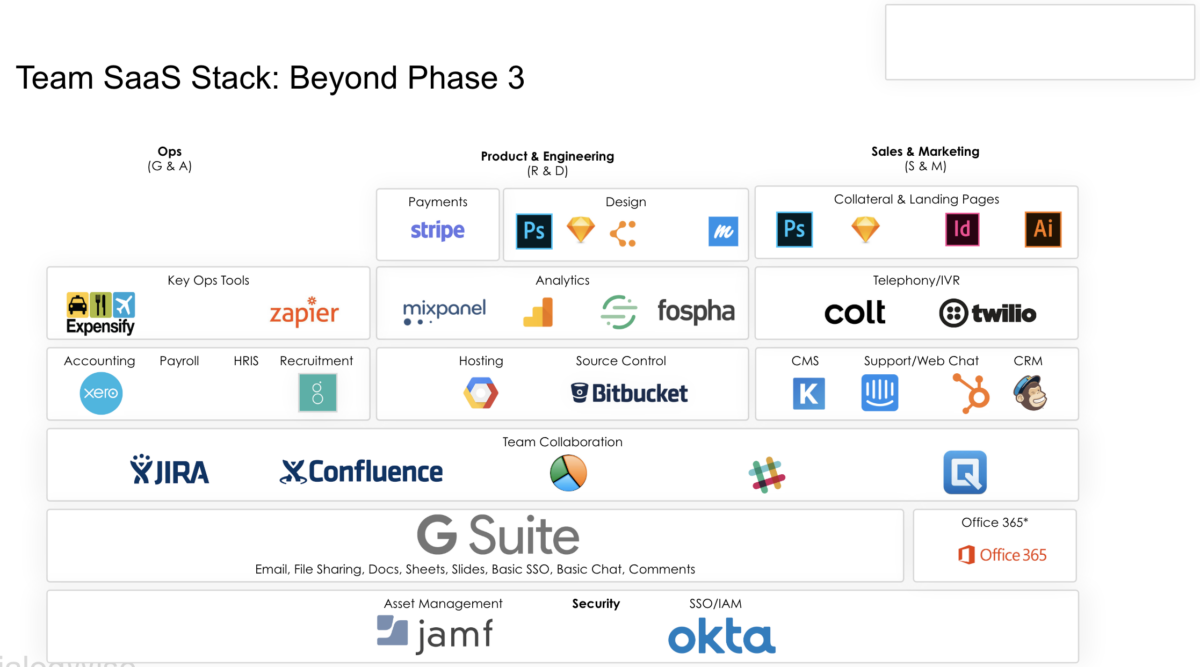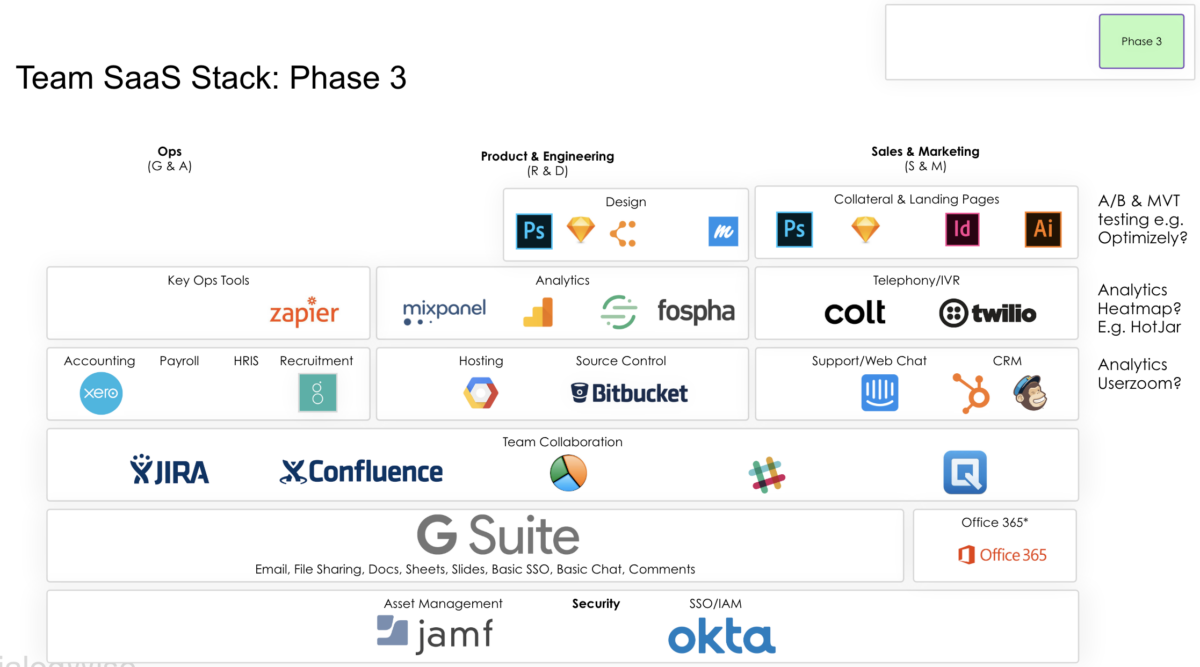30 bite-size learnings I’ve collected from my B2B experience:
1. If the problem is not measured, it’s not worth solving. There is no market.
2. Or if the problem is not imposed by a new regulation or a market shift, there is no market. E.g., new gambling regulation making the Bet Buddy solution a standard.
3. Miracle sales talent doesn’t exist. This is YOU. Why? You know the problem you are solving best and care about it the most.
4. 70% of early-stage sales is about exciting prospects about YOU. 30% is about the product and process. Building that initial understanding and shared view of how to solve the problem is half the job.
5. The sales team should never lead the product roadmap.
6. Prospects that ask for just one more feature will never buy. This is hard to resist as founders love to build.
7. As a startup, if you haven’t contributed to an RFP, you are used to fill in the number of responses. It’s ok to participate to learn, but you will never win.
8. Respond to your customers quickly. This is your leverage against incumbents that are slow. And they are all slow.
9. Don’t spend time getting on the approved supplier lists. Find a buyer and a specific problem to solve. The buyer will get you approved.
10. In a saturated market, focus on secondary needs which are usually underserved. E.g., AI for legal teams as primary vs. helping manage multi-team comms at law firm projects as secondary.
11. Sales partnerships at an early stage are a waste of time. Don’t even think about them. Large companies have their own numbers to make, and they will never ever mention you or your product.
12. Aim to spend 24 months to figure out the product/market fit (PMF). You will get rejected, invalidated, and redirected.
13. Often, the best PMF strategies target an uneconomical use case for incumbents. Incumbents have a large cost base and are slow. This is your advantage.
14. Your PMF will not be the one you came up with and in the market you originally targeted. It will most likely be in an adjacent market.
15. Finding PMF is a process of elimination, not a deterministic outcome. Think of it as a scientific discovery vs. delivering a waterfall project.
16. In B2B, PMF is made up of product/buyer fit (PBF) and product/user fit (PUF). Focus first on PBF as you have 12 months until renewal to solve PUF.
17. PBF is personal. You need to get on with a buyer, help them be successful, and project a solution to their specific organizational problem.
18. PUF is factual. You need to demonstrate the usefulness of your product by ROI, engagement (MAU), or NPS. You have a year to do this but start tracking and engage the buyer to be your product promoter from Day 1.
19. Send the renewal invoice 3-6 months early. Half of the time, it just gets paid.
20. If the demo is focusing on software, you will never sell. Focus on the problem it’s solving. The best demo meetings start by the prospect showing you how they are managing the problem now which your software is solving (the Salesforce way).
21. Share your pricing early. It’s important for building trust and transparency. Incumbents have opaque pricing which everyone hates.
22. If you don’t understand the buying process, you don’t have a go-to-market (GTM) figured out.
23. Figuring out GTM will take twice as long as building the product.
24. Being very specific is the fastest way to sell and build trust. The prospect will think, “This product is built for us.”
25. The only way to sell is to go deep and niche. Why? If your product overlaps with incumbents, procurement will default to them.
26. You want to be seen as unique to offer a very specific solution. A broader solution will overlap with incumbents. You will lose.
27. The early adopters that need their problem solved will not care about much else if your solution is solving their problem from Day 1.
28. Claim to have ISO and InfoSec. The user won’t care about them, but the buyer will. You are selling to the buyer, not the user.
29. Figure out the standard tech stack in your market and adopt it, e.g., banks use Java, fintech uses Python. The buying team is made up of engineers too. You want them to agree with your (their) choices.
30. Forget the latest tech. No one cares. Only some engineers developing their skills for their next gig care.


